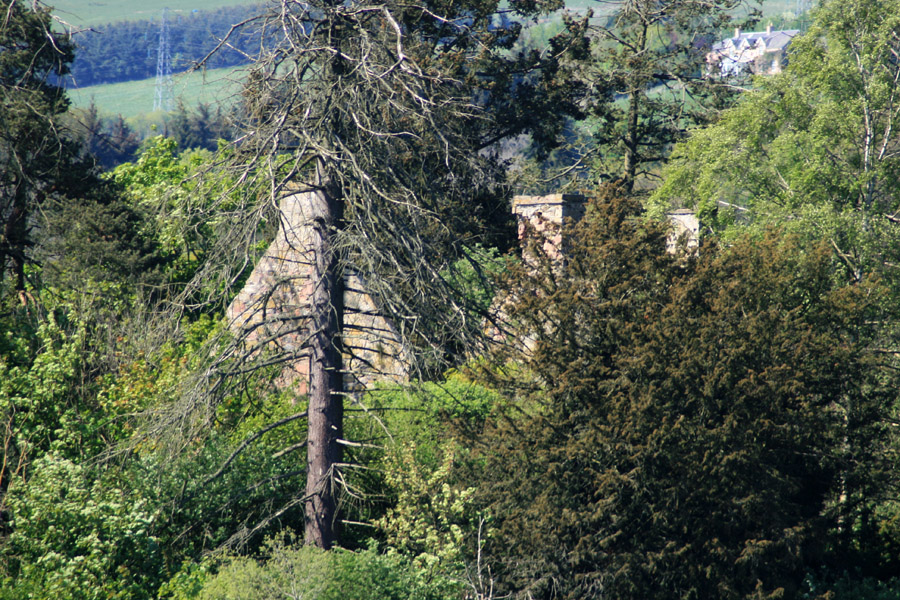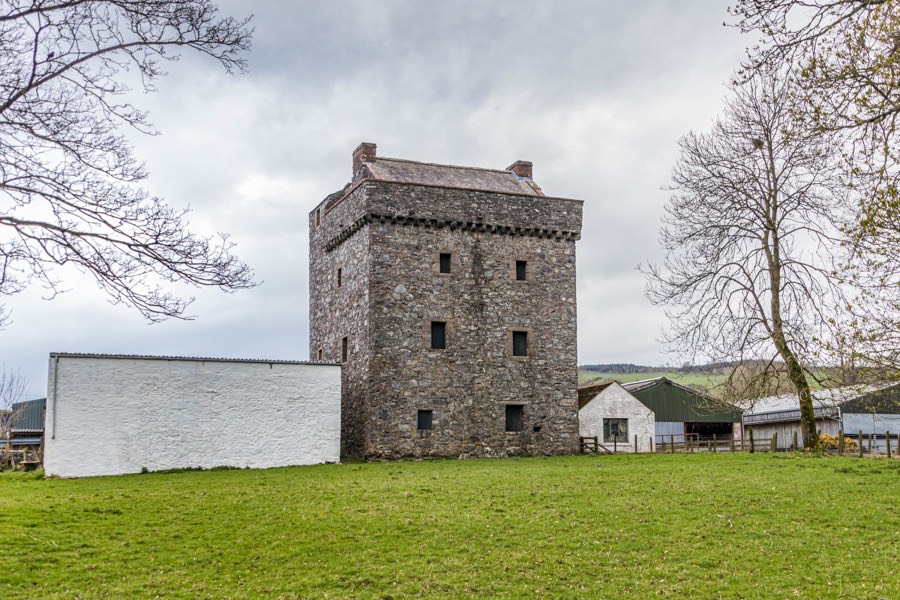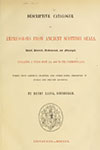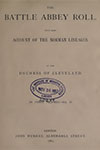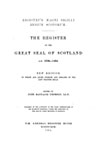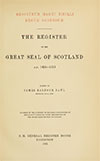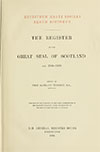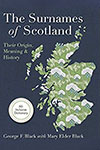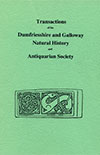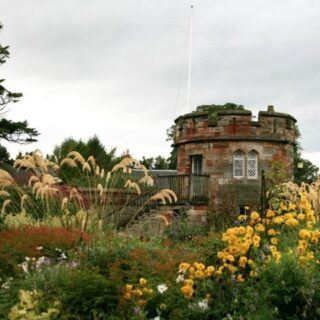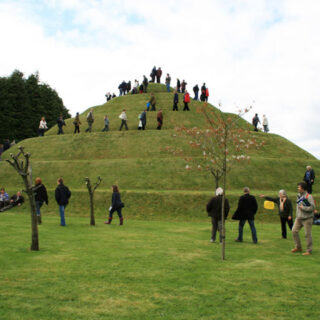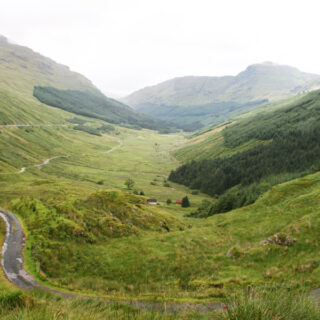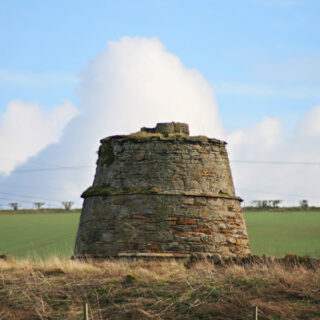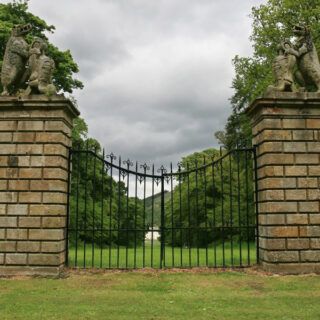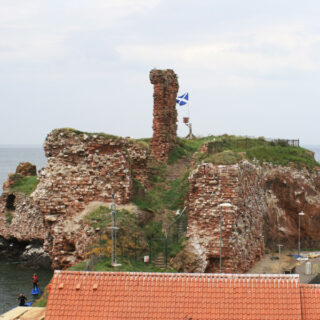Clan Heron
The history of Clan Heron
The Heron or Herring family is thought to descend from the Norman knight Tihel de Héron who travelled to England with William the Conqueror in 1066. How the Herons came to be established in Scotland is unclear however a descendant may have travelled north with David I in the mid-12th century.
A Jordan Heyrun, possibly a grandson of Tihel, is mentioned around 1150 although it isn’t clear if he was active in Scotland. Certainly he had interests in Northumberland at this time. The first Heron confirmed to be in Scotland appears to be an Adam Hereng’ who witnessed a charter to the Priory of Coldingham by William the Lion in the 1170s. Towards the end of that decade a Walterus de Heyroun was a clerk to William the Lion.
During the reign of Alexander II, Petronilla or Petronella, daughter of Adam Harang of Meinichoch, granted part of the lands of Botwic in the parish of Roberton to the church of Melrose. Meinichoch is thought to be Minnigaff in Kirkcudbrightshire, a county where the Herons were active for several centuries. Petronella’s seal survived and was described as an “oval-shaped seal, with a curious design of three fish, not on a shield”, perhaps a play on the family name’s closeness to herring.
The Herons in Scotland are sometimes said to have descended from the Herons of Chipchase in Northumberland, however that branch of the English family wasn’t established until the 14th century, two centuries after the name was found in Scotland. The Chipchase family were descended from the Herons of Ford who were established in the 13th century who in turn were descended from the Herons of Hadston who were established in the 12th century. The arms of the English Herons feature three herons on a shield, whereas those of the Scottish family feature a rose between two lions.
By the 14th century the Heron family were also in possession of Edmondstoune in Clydesdale and Gillmertoune in Midlothian, while they may have owned Kirroughtree in Kirkcudbrightshire from this time (they certainly did from the 15th until the late 19th centuries).
In 1370 John Herynge, believed to be a descendant of the family of Gilmerton, received a charter of all the lands and barony of Glasclone in Perthshire.
John’s son, also John, took possession of the Tower of Lethendy either towards the end of the 14th century or the beginning of the 15th century, being designed John Herring of Lethendy and Glasclune.
The family evidently expanded their Perthshire landholdings as the younger John’s grandson, James, received a charter for the lands of Cluny in 1479 and had a charter from his father, David Herring of Glasclune, in Glasclune, Lethendy and Tullibole in 1490.
James’s second son, Andrew, succeeded his father in Glasclune, Lethendy and Tullibole early in the 16th century.
The Herons held Lethendy and Tullibole into the 16th century, and Glasclune until the late 17th or early 18th centuries.
In the 19th century Drumcoltran Tower was owned by Herons, with James Heron of Drumcoltran, senior, dying in 1832.
